As far as practice is concerned, do as much as you can. Realize that there are many things and activities competing for your time and attention: work, family, school, money, etc., etc. You WILL progress if you stick with it. Only your rate of progress is variable and, of course, related to the time and effort you put into it. No matter the time available.
As far as practice is concerned, do as much as you can. Realize that there are many things and activities competing for your time and attention: work, family, school, money, etc., etc. You WILL progress if you stick with it. Only your rate of progress is variable and, of course, related to the time and effort you put into it. No matter the time available.
Practice, Practice, Practice
Explore, Explore, Explore
Unlike the traditional school systems with grades, tests, pressure to progress at a pre-established pace and competition. Private one-on-one study, self-study has none of that, this is pure learning. You learn because you want to learn. There are available tools, guidance, and organizations to make that happen for you.
All learning is cumulative, especially learning a musical instrument like the ukulele. Don't worry about the weeks with low or no practice. You always continue to get benefit from any previous practice sessions. Your goal is to improve – day by day – week by week. That won't stop you from achieving your goals.
Simply play as much as you can, interacting with other musicians. At the very least, work with prerecorded tracks, CDs, YouTube. Those tracks could be Professionally Produced or they could be just you recording and playing over chord changes.
Enjoy the process of developing your skills. Don't be overly focused on some objective standard about your proficiency. There is no objective standard!
LearningUkulele.com Lessons
- 10 Practice Principles
- The Learning Process — The Mind, Hands, and Ears
- Practice, Play and Rules (Theory) — The Three Words guest lesson by Chuck Anderson
- What’s Bad About the Internet? guest lesson by Chuck Anderson
Learning Styles
VARK® Modalities: What do Visual, Aural, Read/Write & Kinesthetic really mean?
- Visual Learners • Observation, including pictures, diagrams, written directions and more.
- Auditory Learners • when subjects are reinforced by sound.
- Kinesthetic Learners • Learn throught through doing and experiencing.
- Reading/Writing Learners • Learn through written words.
There is overlap in the styles and one can utilize all of them to learn.
Related Lessons, Videos, Lesson Series, Songs, Books & Reference Charts, Resources & Assets, Workshops are below.

Daily Practice Material for the Contemporary Ukulele Player is an organized collection of daily practice and reference material for the contemporary ukulele player. This material can be used to develop the vocabulary and knowledge necessary for single note playing.

Finally, learn the names of the notes of the ukulele fingerboard in C tuning .

Learn the six fingering principles to navigating the ukulele fingerboard. Fingering is one of the most universal topics. Book: Six Secrets of the Ukulele Fingering

Harmonic Analysis is the understanding of the functional sequence of chords. It is the process used to analyze the harmonic structure of a progression, song or composition. Book: Harmonic Analysis for Scale Selection and Chord Substitution

Learn to read single note melodies in the first/open position is a lot easier than you might think. Book: Ukulele – Reading Music Series – Primer

An organized collection of daily practice and reference material for the contemporary ukulele player for developing the vocabulary and knowledge necessary for single note playing. Book: Daily Practice Material for the Contemporary Ukulele
Checkout the Books & Reference Charts for additional Handy, Dandy Reference Charts.

Ukulele Fingerboard Chart for C Tuning, Low or High G – G C E A

Ukulele Fingerboard Chart for G Tuning, Low or High A – D G B E

A handy reference chart of all 15 major and relative minor key signatures. US Letter 8.5 x 11 sized (ANSI-A), A4
Checkout the Books & Reference Charts for additional Handy, Dandy Reference Charts.



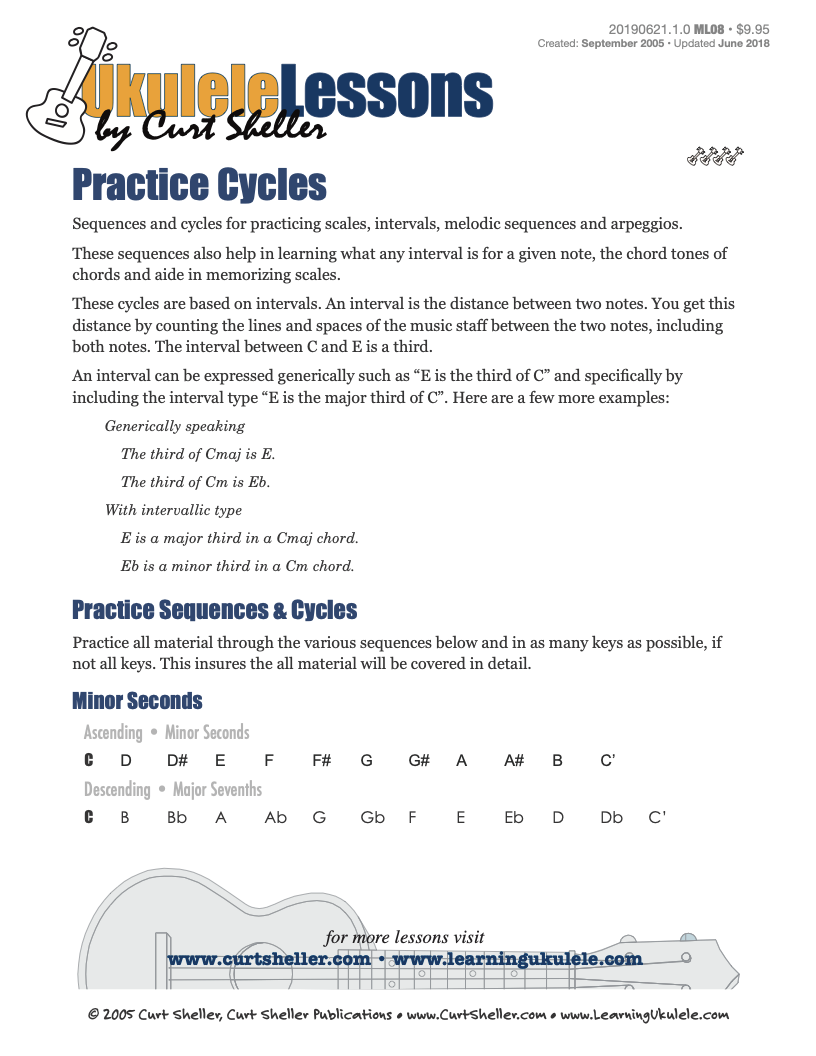
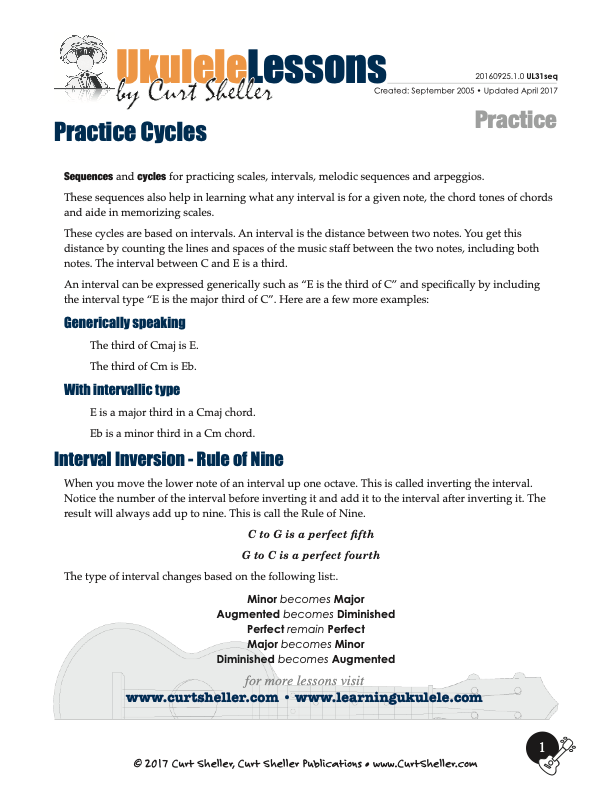

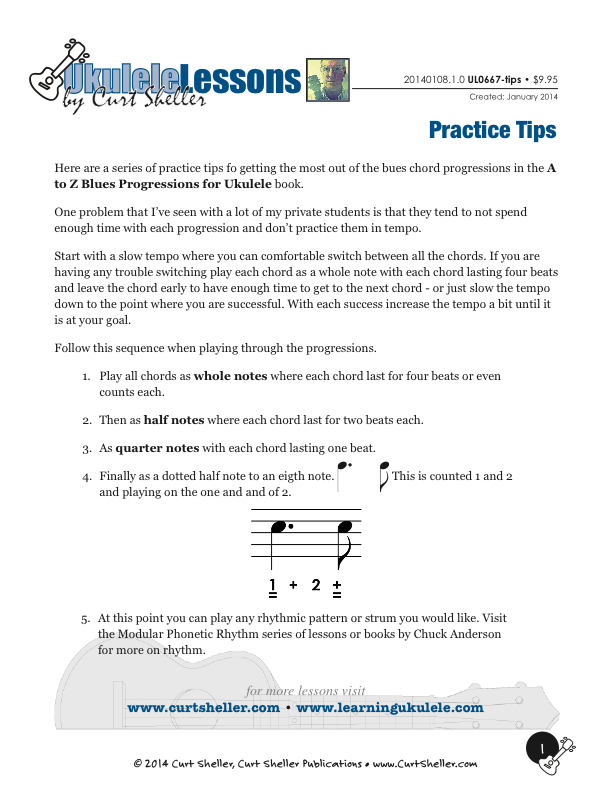
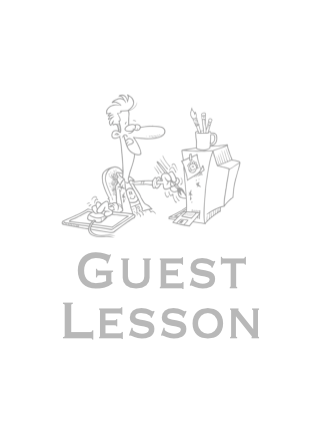

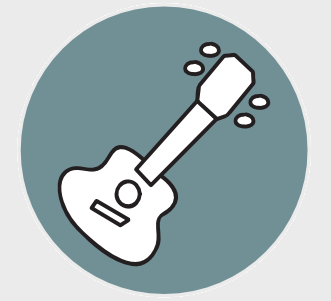
.jpg)